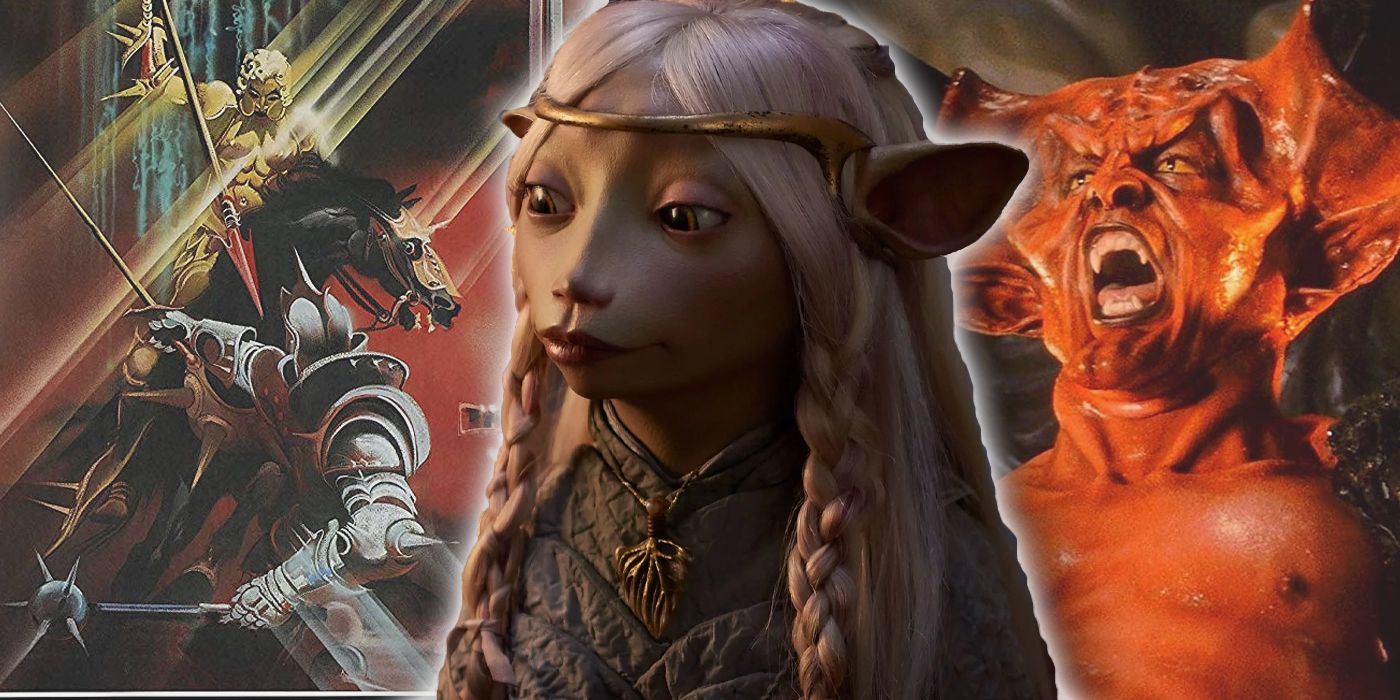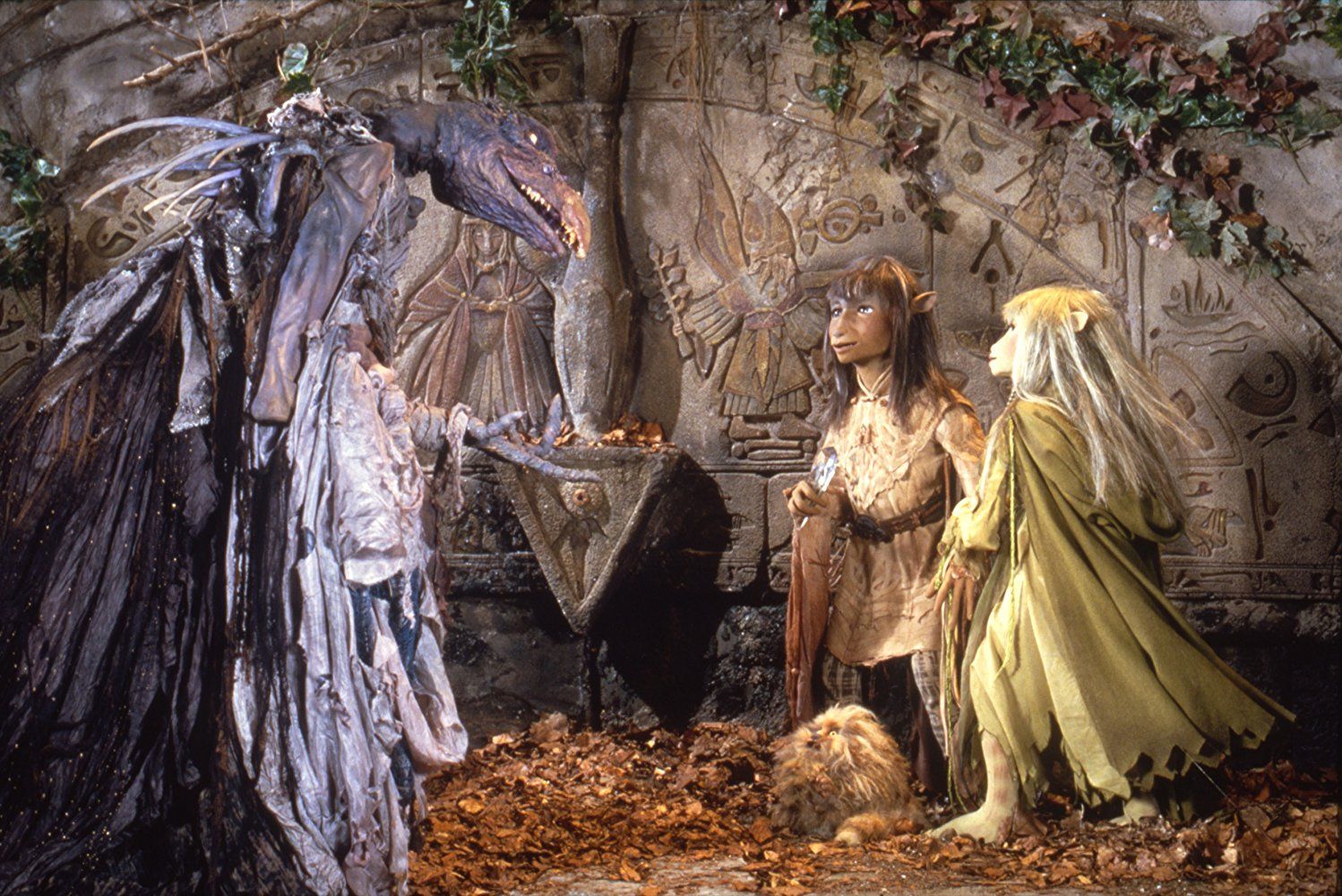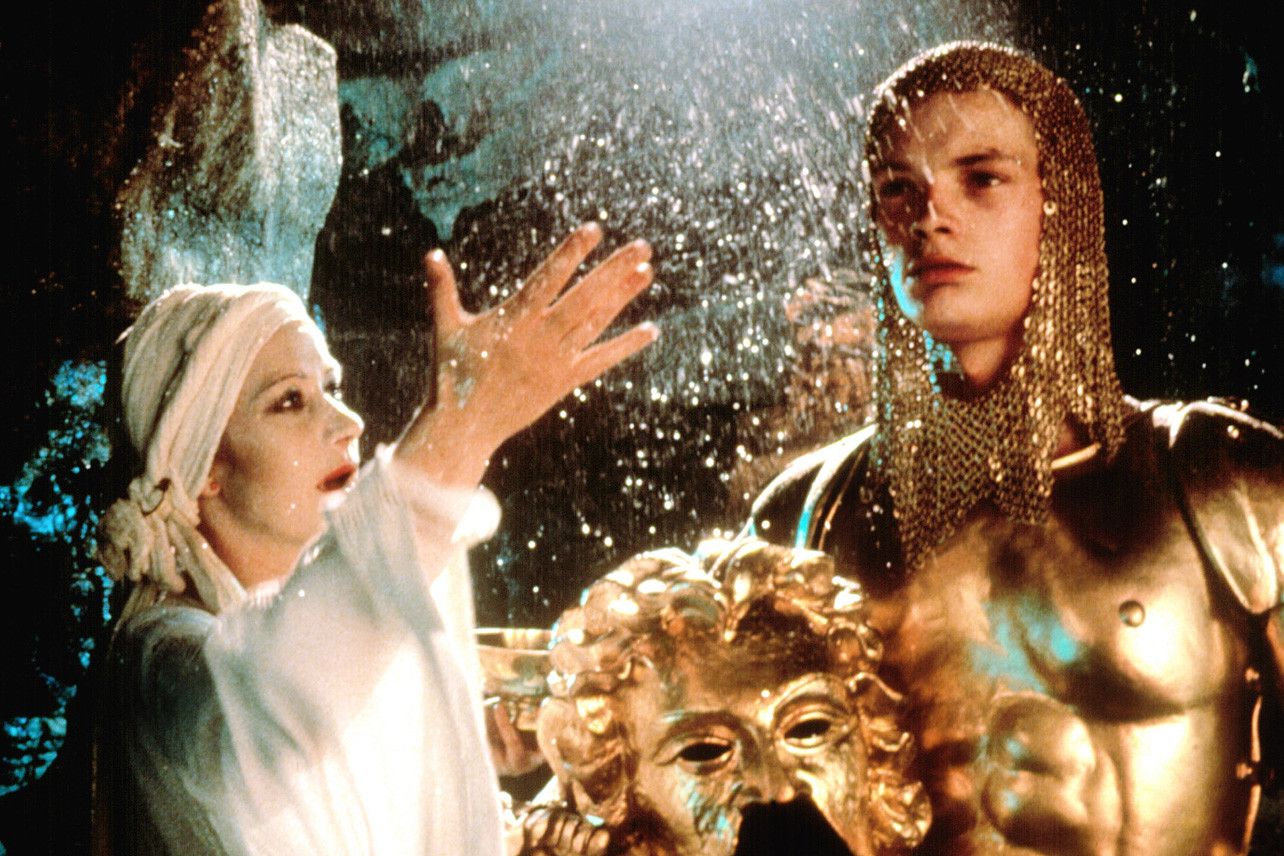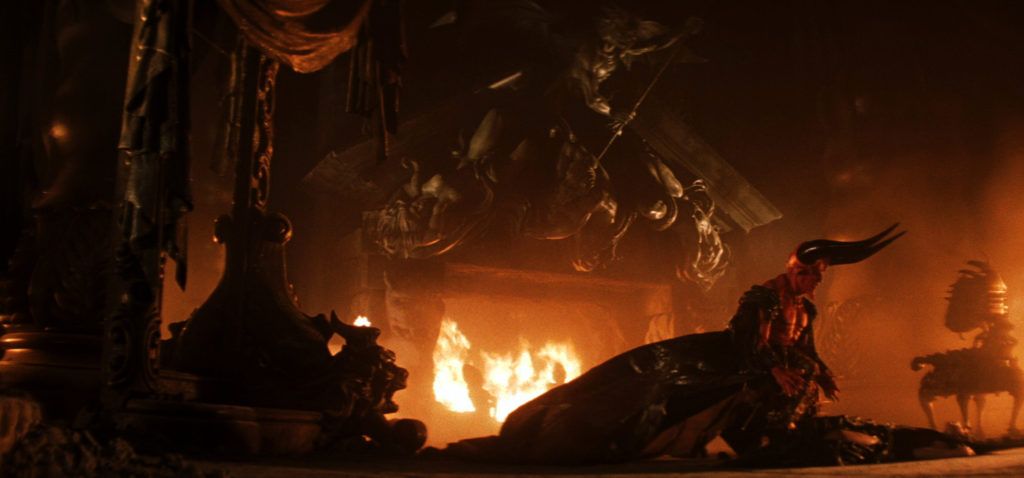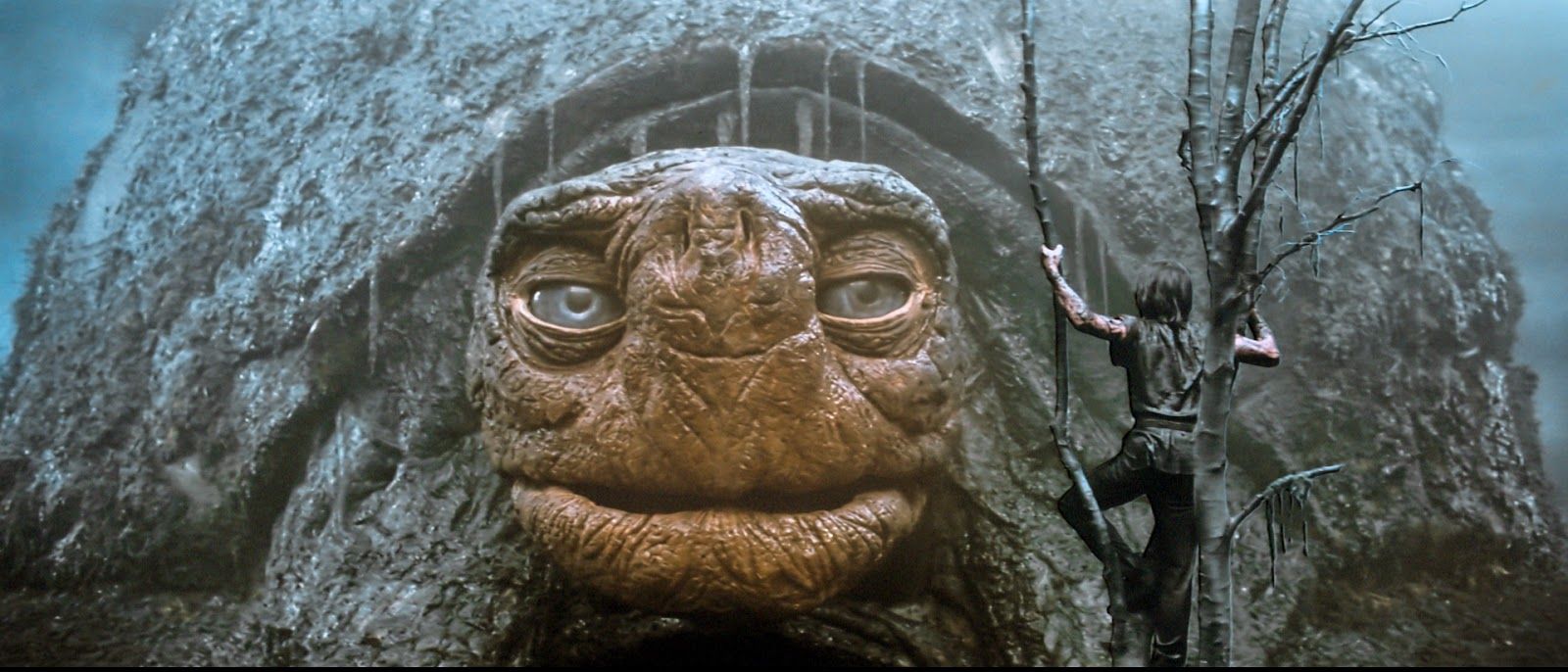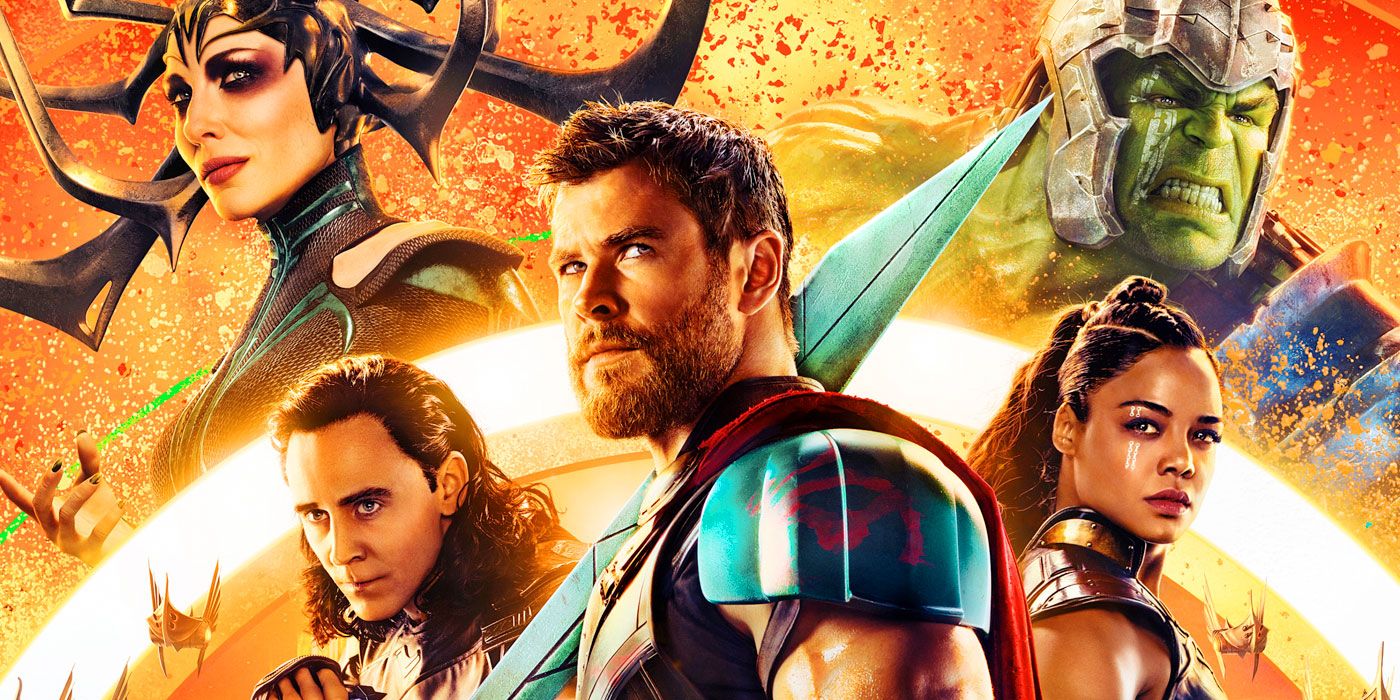The feverish response to The Dark Crystal: Age of Resistance, Netflix's serialized prequel to The Dark Crystal, might have you believe that the original Jim Henson film was an instant classic upon release, in the mold of the first Star Wars trilogy -- which Henson's puppetry was also a key feature in.
This was far from the case. Though the film's $40 million box office haul was respectable -- especially for a film made in the early '80s starring only puppets -- it didn't exactly hold a candle to the phenomenon that was E.T, nor was it heaped with critical adoration. At the time, The New York Times' Vincent Canby scathingly dismissed Henson's ambitious work as trying to be "The Muppets meets Paradise Lost, but winds up as a watered down J.R.R. Tolkien [...] It's without charm as well as interest."
Nevertheless, the under-appreciated world of the Gelflings and Skeksis gripped enough childhood imaginations in the intervening years to achieve cult classic status and warrant new material with new characters. But not only does the Netflix revival tap into nostalgia for The Dark Crystal, it also harkens back to a very distinctive -- and important -- decade for fantasy cinema.
As well as Henson's follow-up to The Dark Crystal, the David Bowie-starring Labyrinth, the 1980s were fertile ground for a whole new crop of dark and twisted tales like Legend, Willow, NeverEnding Story, Dragonslayer, LadyHawke, The Sword and the Sorcerer, Krull, Time Bandits, The Beastmaster, Return to Oz, The Black Cauldron and many others. Paralleling the rise of Dungeons & Dragons, these films drew audiences into ye olde times of magic, chivalry and men in tights or loincloths.
While science fiction, horror, westerns and other film genres were well-established by the '80s, fantasy had yet to be narrowed down in such an identifiable way. Early precursors came out of gothic, surrealist fairy tales, like The Cabinet of Dr. Caligari (1920) and Le Belle et la Bête (1946); while the late '50s and '60s popularized the swords and sorcery subgenre with films like Hercules (1958) and Jason and the Argonauts (1963).
Anything that deviates from reality can be thought of as broadly "fantasy," and the boundary between sci-fi and fantasy films, in particular, is often blurred. But, the '80s was when the genre really came into its own in cinema: the "chosen" hero destined to go on a reluctant adventure to defeat evil; mystical, pre-technological worlds, and immersive stories meant to inspire a state of awe. All of these hallmarks, which call back to various myths, legends and religious lore, came out of fantasy filmmaking in this specific time.
Though fantasy cinema has never dipped much in abundance since this initial explosion, rarely has it had such a quintessential, unifying feel as it did in the era of excess. They even created enough of an identity to garner their own successful spoof: 1987's The Princess Bride (based on William Goldman's 1973 novel of the same name.)
The Princess Bride made TIME's yearly "Best Of" list. That year's biggest non-satirical fantasy film, Masters of the Universe, did not. (If you've seen either of these films, you'll understand why.) Though the higher quality fare of the period did receive favorable reviews, fantasy movies -- and fantasy media, in general -- have never gotten anywhere near the kind of acceptance among critical and academic circles as its genre cousins. Sci-fi examines our ethical dilemmas, while horror brings our primal anxieties to the surface. What does fantasy bring to the table? Pure, wish-filling escapism or childish nonsense, depending on how you look at it.
The high fantasy movies of the decade are tied together not only by their themes and archetypes, but by their lavish attention to practical effects and set designs. As the period was on the cusp of the CGI revolution in the '90s, all of the puppetry and paint that went into making the impossible look possible has itself become as mythologized as the stories they were telling. It was both the start and end of an era.
More specifically, these films all had a certain rich but grimy sensibility. The Dark Crystal embodies this: a deep and dark world that found beauty in ugliness. The creatures that inhabit Thra are hardly the huggable, primetime TV stars that Henson made for The Muppet Show; these creatures have teeth and bones and gnarled skin.
Terry Gilliam's Time Bandits and Ridley Scott's Legend are weirder still. Watching a young, bushy eyebrowed Tom Cruise in the latter searching for unicorns in the woods and trying to save his teen crush from a seductively satanic Tim Curry sounds like a lusty fever dream -- and it is one. The NeverEnding Story can be a similarly hallucinatory experience in places, but it's also a place you feel like you'd get dirt under your fingernails the moment you stepped into it.
It's not so much that these worlds feel "real," it's more that they feel muddy, murky and raw in the way that you'd imagine quasi-medieval places would without running water and electricity, making the interjection of magic that more wondrous. This kind of tangibility is what the gleaming weightlessness of CGI can so often fail to achieve.
Things like The Lord of the Rings trilogy and, more recently, Game of Thrones, found success in magical realism: balancing practical and digital effects and selling us on the believability, rather than the deliberate unbelievability, of their worlds. Generally, fantasy cinema (and television) aims for a more grounded look and feel, trying to sell an audience on its seriousness. Even the Harry Potter films dialed down the cloaks and pointed hats for their witches and wizards.
In comparison, similar films of the '80s (and early '90s) are, by today's standards, unabashedly schlocky. But high camp can marry itself pretty well to an already heightened reality. Compare how scenery-chewing sells something as wild in premise as Pacific Rim to the subdued performances of the human characters in the not-so-absorbing Godzilla: King of the Monsters to see this action.
As you can't have missed, the '80s are currently being mined bare for modern-day throwbacks, from Stranger Things to Ready Player One to Stephen King's bibliography. With the exception of direct additions like The Dark Crystal: Age of Resistance, trying to replicate the high fantasy films of the period is a task that few, if any, can fully accomplish.
The closest modern parallel to the heights of '80s fantasy is probably Thor: Ragnarok. Director Taika Waititi reinvigorated the Thor movies by specifically amping up the high fantasy elements intrinsic to both the character's comics history and, with a heavy synth soundtrack, the golden era of fantasy cinema that he would have been right at home in. (No surprise then that he's also been tapped to bring Time Bandits to television.)
Judging by Thor: Love and Thunder's logo design, Waititi will likely be doubling-down on the '80s flavor in the fourth installment, which could cement the franchise as a reverent tribute to a short chapter of cinema history that had an indelible impact on an entire generation's childhood dreams and nightmares.

